Molokai Ranch
Molokaʻi Background
Situated between Maui and Oʻahu, Moloka‘i is unique among the Hawaiian Islands. Known as the “Friendly Isle” for its enduring spirit of hospitality, community, and self-reliance. It remains largely rural, with no traffic lights, few visitors, and deep ancestral ties that shape daily life. Its western region, where Molokai Ranch spans more than 55,000 acres and accounts for nearly one-third of the island, contains one of the largest privately held tracts of land in the state.
Nearby are places of deep cultural importance, including Pāpōhaku Beach and Kāʻana, the legendary birthplace of hula. Families in West Moloka‘i have long practiced fishing, farming, and mālama ʻāina, the Hawaiian ethic of caring for land as ancestor and kin. These intergenerational practices uphold a sacred continuity between land, lineage, and the knowledge that connects them. Protecting this area offers a rare opportunity to steward land at meaningful scale, restore ecosystems, and ensure that Moloka‘i’s cultural and ecological legacy endures for future generations.

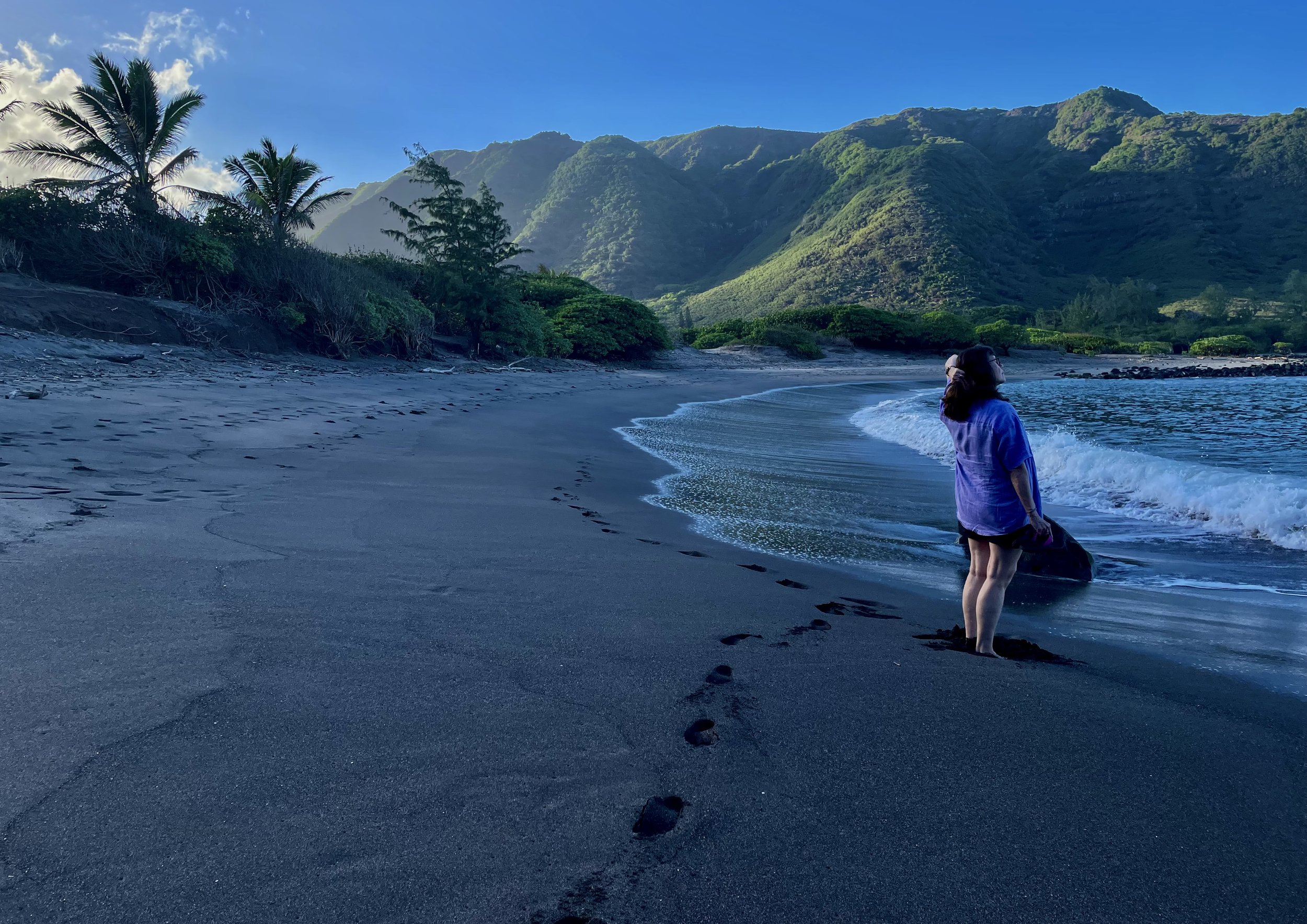
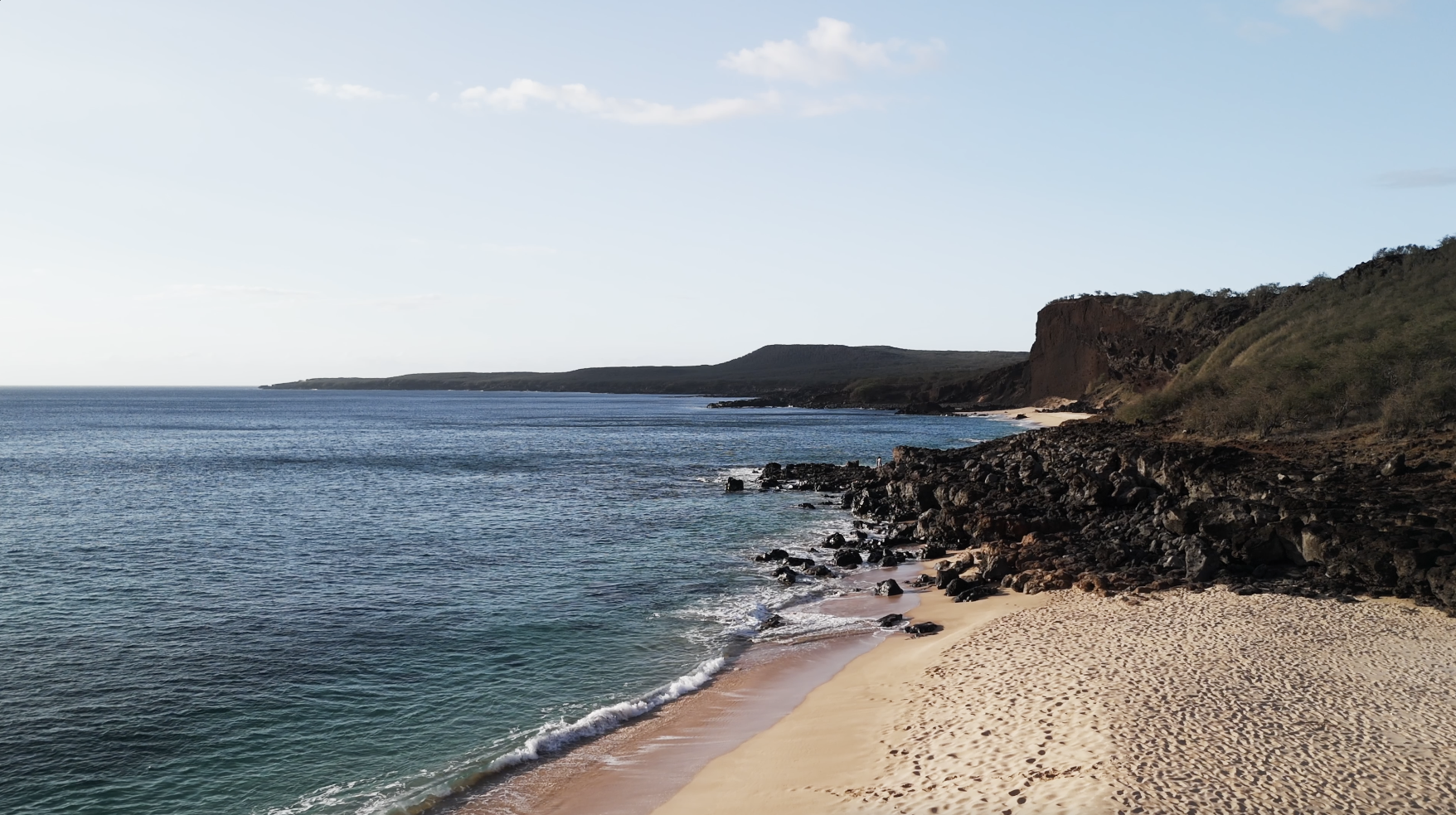

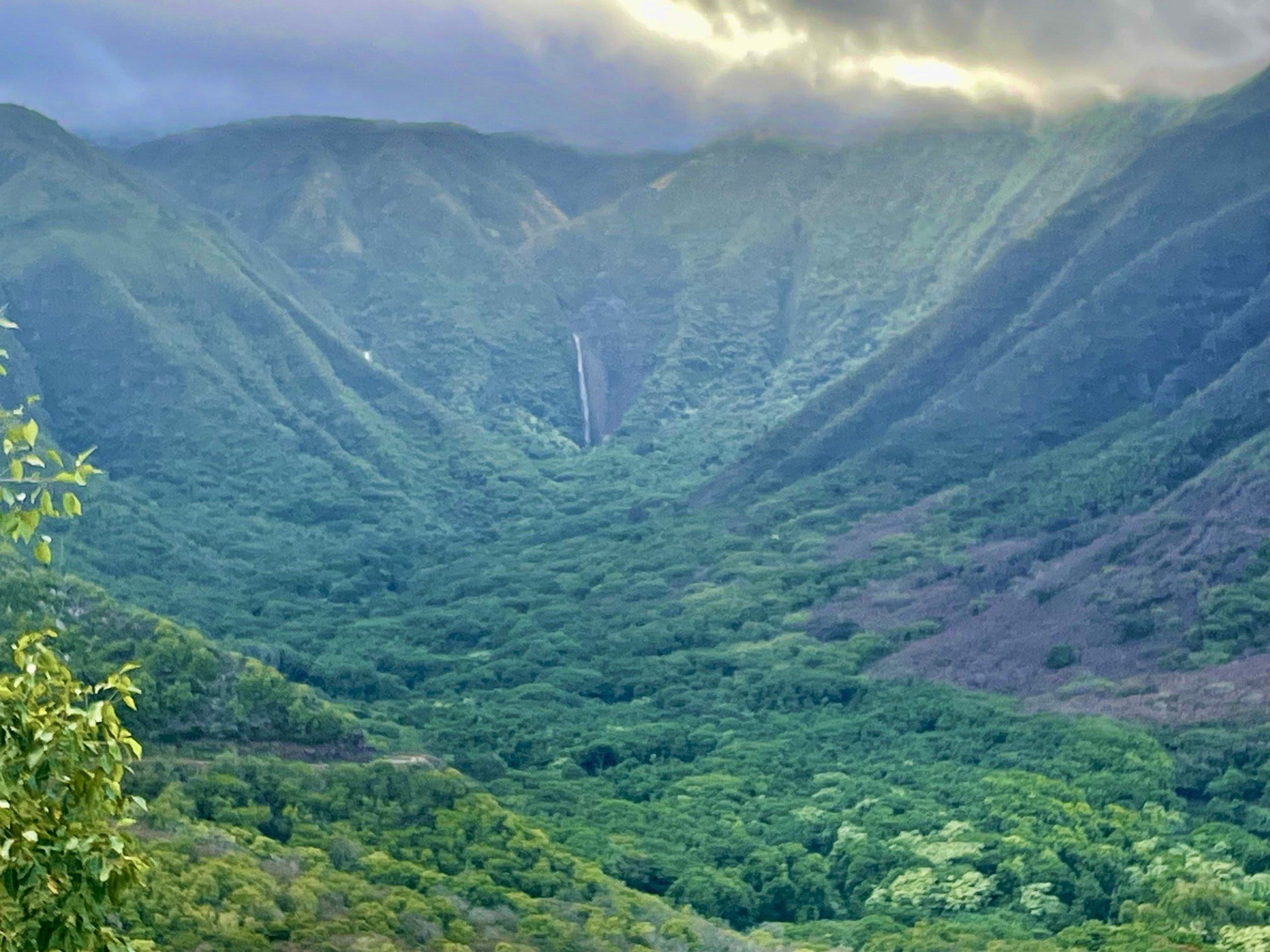
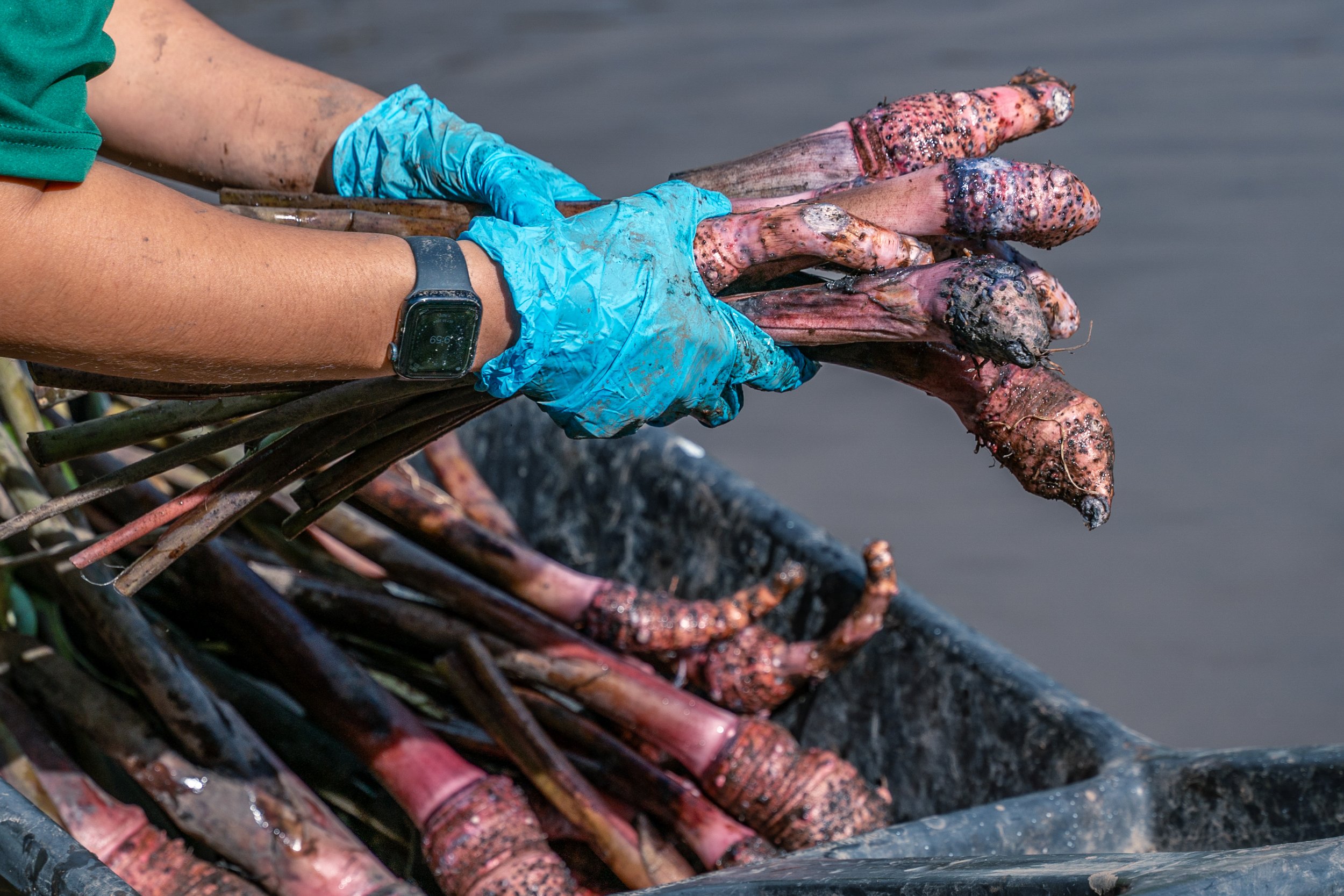
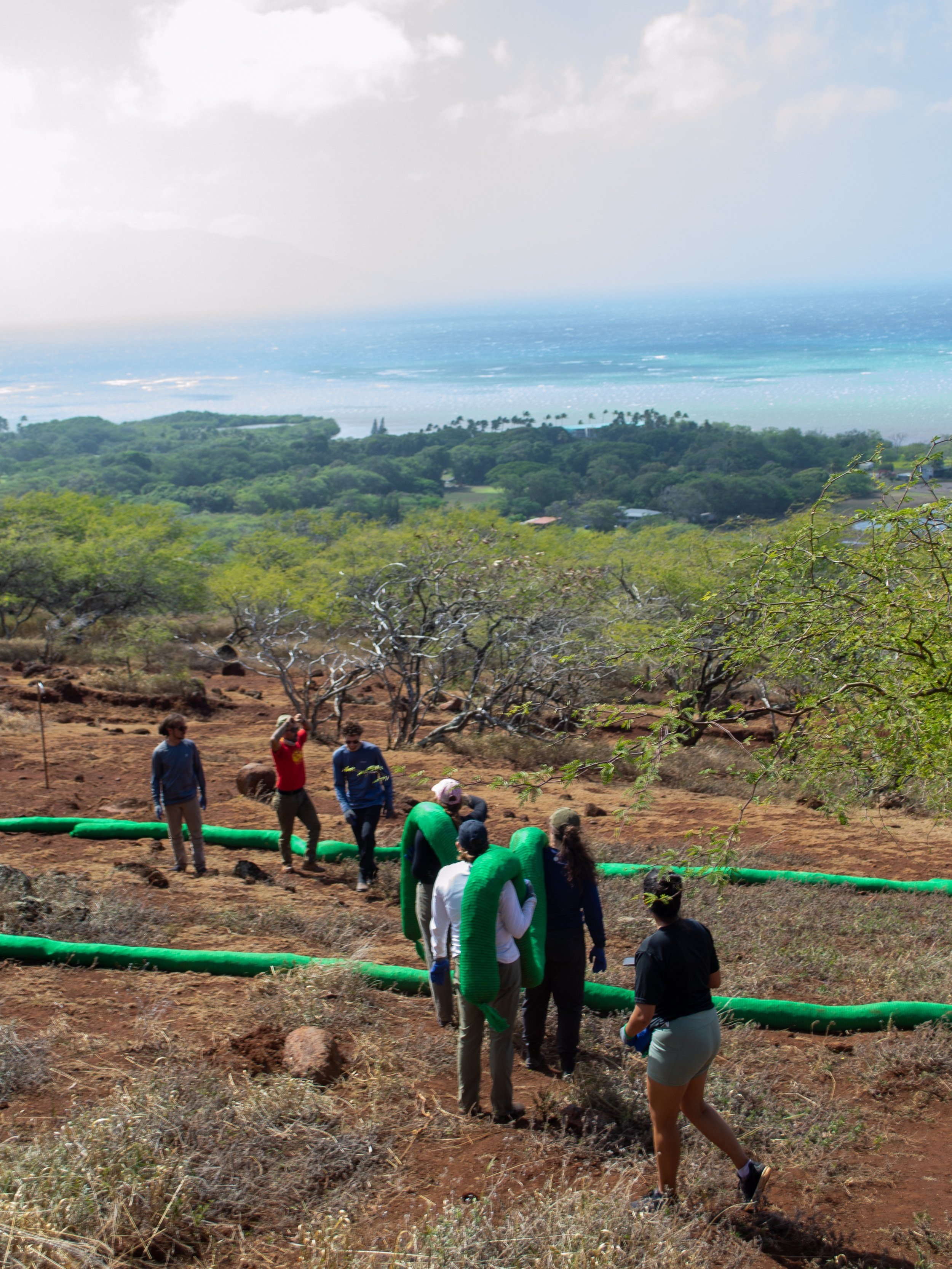
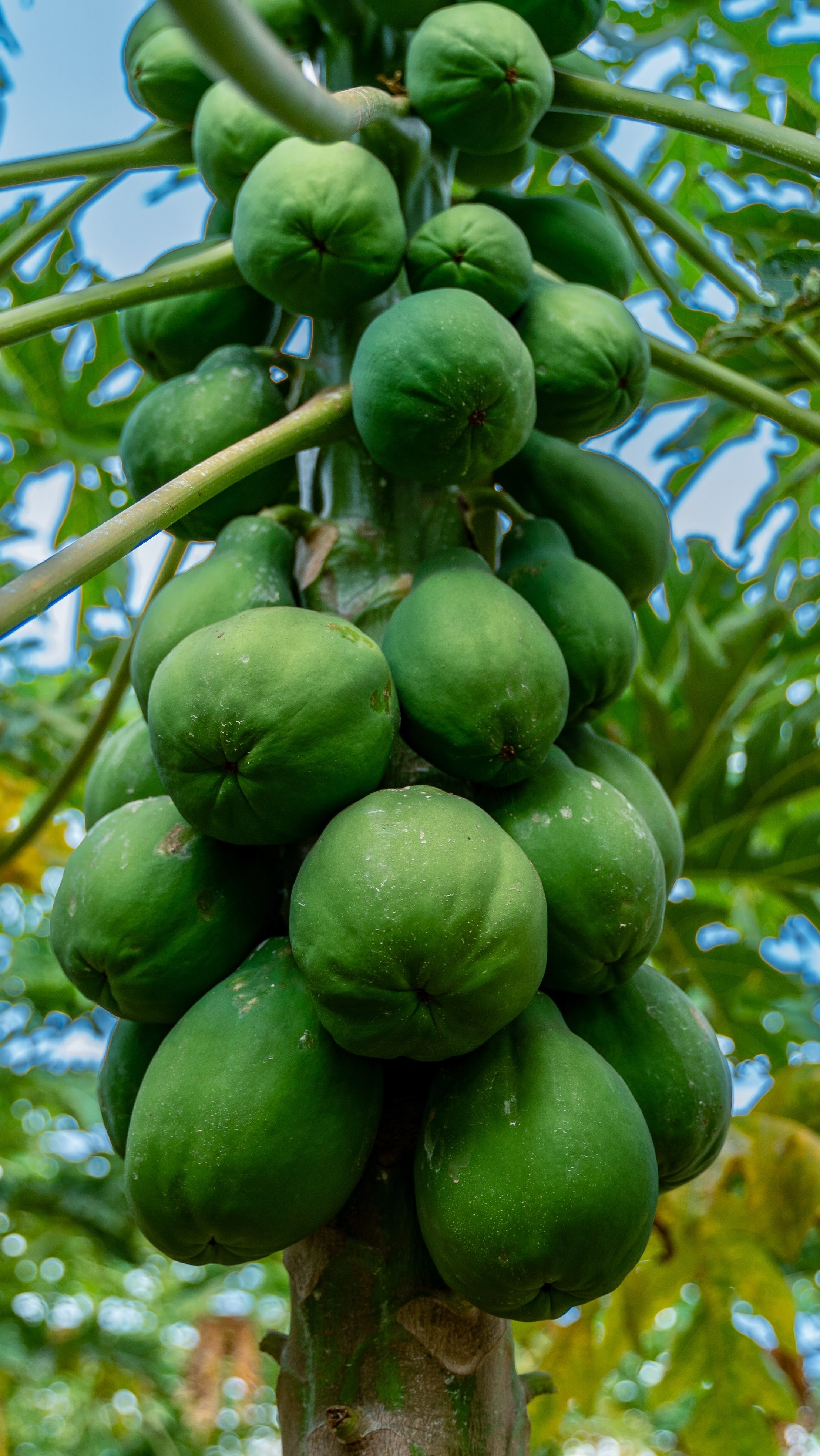
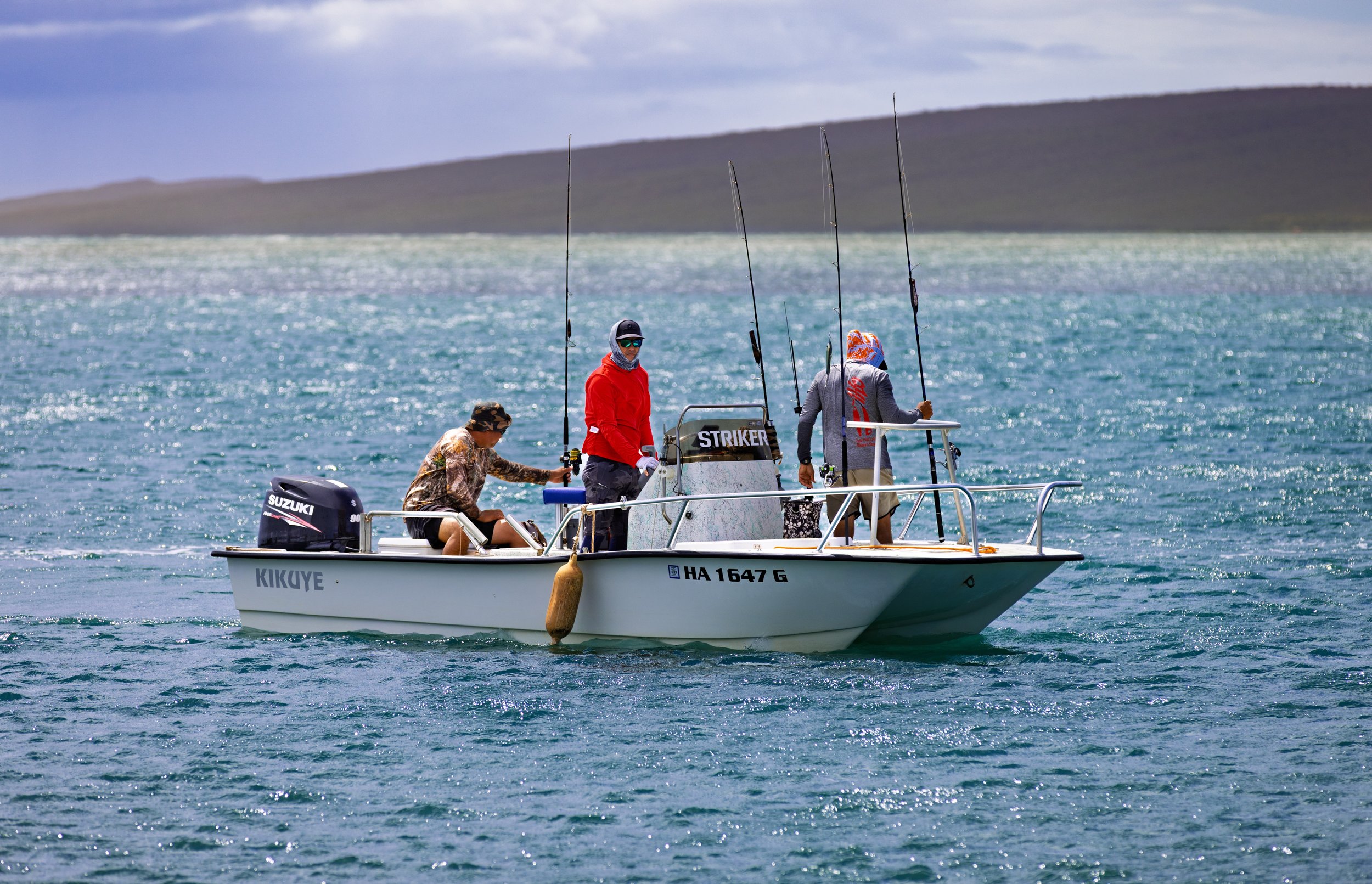
Origins, Lifeways and Lineage
Molokai Ranch includes areas of ancestral trails, traditions and subsistence practices that continue to shape the relationship between people and place. Families in West Moloka‘i have long lived in close connection with this dryland environment—gathering food, raising animals, and observing cultural protocols tied to specific sites. The preservation of these lands supports the continued practice of Native Hawaiian knowledge systems and protects access to storied landscapes that carry generations of meaning.
Defining Features & Significance
Biodiversity and Balance
The western region is marked by arid lowlands and open plains that have experienced erosion, overgrazing, and habitat degradation. The southern slope of Molokai Ranch drains to the longest continuous fringing reef in the United States. For more than 30 miles, the reefs of Molokaʻi represent one of the last opportunities to conserve an intact reef system that has proven to be remarkably resilient to climate change, but is highly threatened by the continuous erosion from the overgrazed lands of Molokai Ranch. Despite these pressures, the area includes rare dune ecosystems, native dryland species, and habitat for ground-nesting seabirds. Restoration efforts would stabilize soil, reduce sediment runoff, and regenerate biodiversity across thousands of acres, offering one of the most expansive ecological restoration opportunities in the islands.
Images and videos courtesy of the Robert Wood Johnson Foundation. ©2024 Mickey Pauole, ©2025 Kelly Pauole.
In partnership with Molokai Heritage Trust
The Global Land Restoration Fund is proud to partner with Molokai Heritage Trust (MHT), a community-led organization dedicated to restoring and protecting ʻāina (land) through Native Hawaiian values and stewardship.
MHT’s commitment to cultural and ecological restoration aligns deeply with our mission to support Indigenous- and community-led land return. By supporting their vital work, we aim to elevate MHT’s visibility, strengthen global connections rooted in people and place, and help direct attention and resources to where they are most needed.
The Opportunity
CURRENT STATUS
Molokai Heritage Trust is working with the Global Land Restoration Fund and other partners to acquire 55,000 acres of Molokai Ranch, following years of community organizing and more than 150 public meetings that Molokai Heritage Trust has led.
CONTACT FOR MORE INFORMATION
Steve Hobbs
Executive Director
Global Land Restoration Fund
Em: s.hobbs@globallandrestoration.org
Ph: +1 (651) 249-1389




